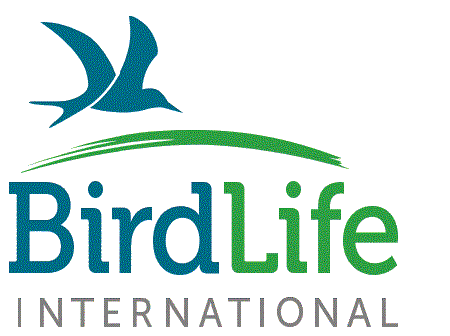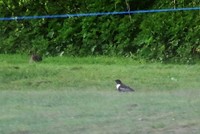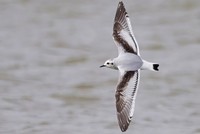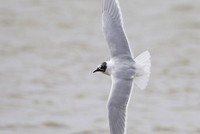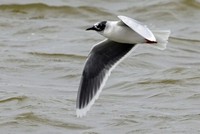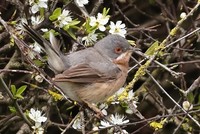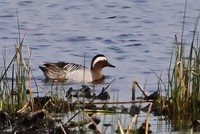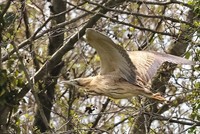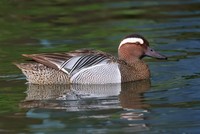World’s biggest seabird tracking database shows their incredible journeys
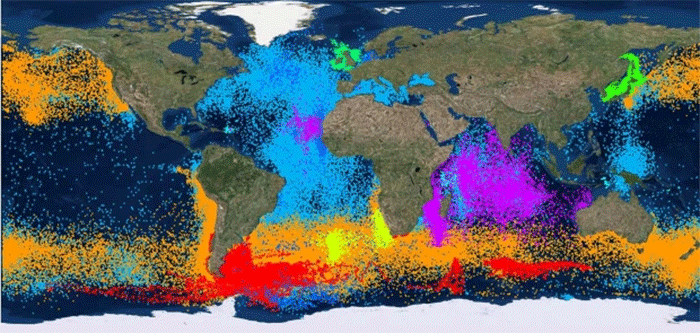
The Global Seabird Tracking Database - one of the biggest marine conservation collaborations in the world - has just passed 5 million data points. The announcement was made at the World Seabird Conference, taking place in Cape Town, South Africa.
The database, originally called ‘Tracking Ocean Wanderers’, was established in 2003, when data on the movements of 16 species of Albatross and Petrel were brought together for the first time. From albatrosses to penguins, the database now holds more than five times as many species, provided by over 120 research institutes.
Seabirds have some of the most extreme and fascinating life histories in the animal kingdom. We know that Arctic Terns have the longest migration of any animal, migrating from the Arctic to the Antarctic and back again in a single year, covering over 80,000 kilometres in the process. Others, like the Wandering Albatross, may spend up to six years at sea before returning to the colony.
The data in the tracking database is helping the global marine community gain yet more insights into the lives of seabirds in all the world’s oceans. Each new study adds to our knowledge of how and why seabirds use the oceans, often surprising us in the distances covered, the routes that birds travel and the speed with which they get there.
Insights from the database
- The individual bird tracked for the longest period of time was a juvenile Tristan Albatross, from 21 Dec 2013 to 07 Jan 2015, during which time it travelled 186,684 km. That means travelling nearly 500km every day for 383 days.
- Data have been collected over at least a 20 year period for 5 species, giving us unprecedented insights into how birds use the ocean over time. The Magellanic penguin data covers a 26 years period (1989-2015).
- Cory’s Shearwater, Scopoli’s Shearwater, Northern Gannet and Black-browed Albatross are the best studied species in terms of most data points and tracks.
- More than half of the data relate to threatened (i.e. Critically Endangered, Endangered or Vulnerable) or Near Threatened seabirds - species for which conservation efforts are most pressing.
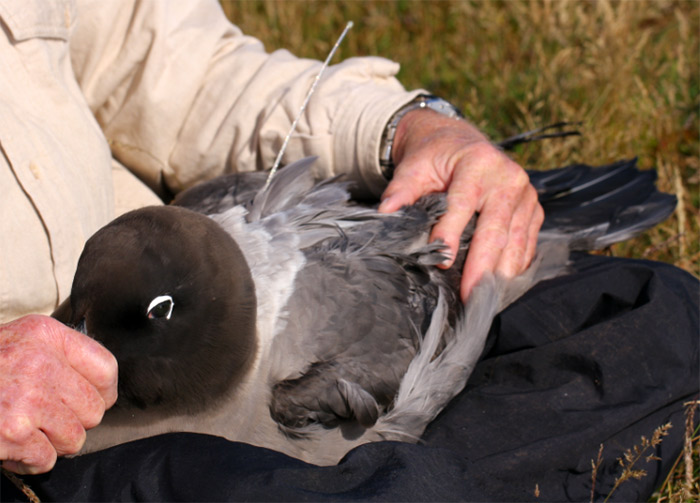
Information for Conservation
These data have not only furthered our understanding of seabird ecology, but is increasingly being used to identify the most important places for seabirds at sea and ensure their protection. BirdLife has been very effective in driving some of these efforts, which have resulted in new Marine Protected Areas in Portugal, Spain and New Zealand (among others), as well as the identification of sites where the risk of accidental capture in fisheries is highest. This has led to adoption of seabird conservation measures by all the key tuna management organisations to help tackle the problem, one of the major threats to seabirds globally. Our work has shown that, when measures are implemented, bycatch reductions can be dramatic, such as in South Africa, where our Albatross Task Force team have helped to cut bycatch by 95% in the hake trawl fishery.
Dr Cleo Small, who has led BirdLife’s work to get seabird bycatch conservation measures adopted by the high seas tuna management organisations, said: “It’s hard to imagine that we could have convinced fisheries managers to put seabird bycatch on the agenda without the seabird tracking data. It’s truly been the cornerstone of our efforts to prevent the tragedy of seabird bycatch”.
Professor John Croxall, who helped establish the database in 2003, added: “Our first meeting brought together nearly all the seabird tracking data that existed at that time, covering 16 species of albatross. It’s fantastic to see the database grow so dramatically, thanks to the willingness of the seabird research community to share their data in the name of furthering marine conservation”.
It is anticipated that the database will continue to grow, which is vital given the parlous state of many seabird populations and the increasing number of threats they face at sea. Dr Maria Dias, who manages the database for BirdLife international, said “We are getting new data submissions all the time, building an ever-improving picture of what the world’s seabirds get up to. It is my hope that governments across the world will use this valuable collective resource to turn around the fortunes of seabirds across the globe”.
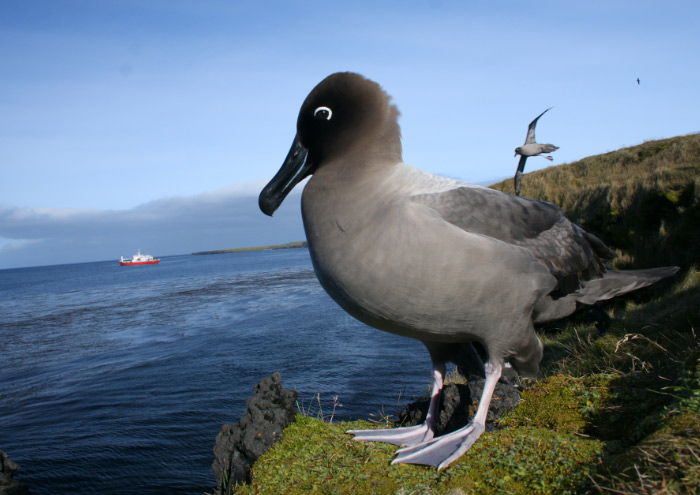
All the tracking data, from penguins to albatrosses to terns, can be viewed at www.seabirdtracking.org
The tracking data has helped BirdLife to identify Marine Important Bird Areas - the most important places for seabirds at sea. The map of these sites can be explored here - http://maps.birdlife.org/marineIBAs/default.html
Birdlife International
27 October 2015


